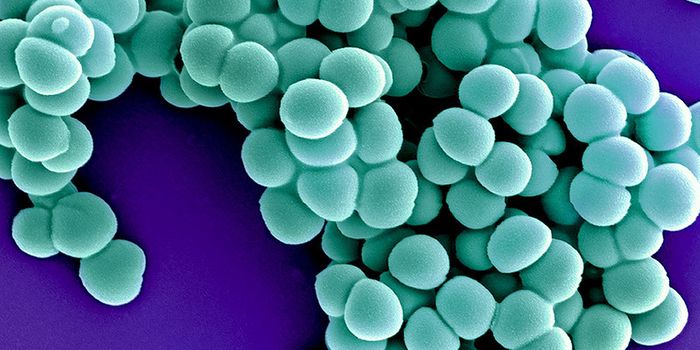Injection Treats Childhood Blindness
A patient with a genetic-based childhood blindness has gained vision after receiving an experimental RNA therapeutic treatment in the form of a single injection. The clinical trial was performed by researchers at the Scheie Eye Institute in the Perelman School of Medicine at the University of Pennsylvania. The therapy was intended to treat diagnoses of Leber congenital amaurosis (LCA) which involves an eye disorder that affects the retina. These disorders are likely a result of patients being born with a CEP290 mutation-- one of the most implicated genes.
This form of LCA suffer causes severe visual impairment that typically begins in infancy.
"Our results set a new standard of what biological improvements are possible with antisense oligonucleotide therapy in LCA caused by CEP290 mutations," said co-lead author Artur V. Cideciyan, PhD, a research professor of Ophthalmology. "Importantly, we established a comparator for currently-ongoing gene editing therapies for the same disease, which will allow comparison of the relative merits of two different interventions."
Findings were published in Nature Medicine and shows how treatment via the injection known as sepofarsen leads to marked changes at the fovea which is the locus point of human central vision.
"This work represents a really exciting direction for RNA antisense therapy. It's been 30 years since there were new drugs using RNA antisense oligonucleotides, even though everybody realized that there was great promise for these treatments," said Jacobson. "The unexpected stability of the ciliary transition zone noted in the patient prompts reconsideration of dosing schedules for sepofarsen, as well as other cilium-targeted therapies."
Learn more about childhood blindness:
Source: Science Daily









